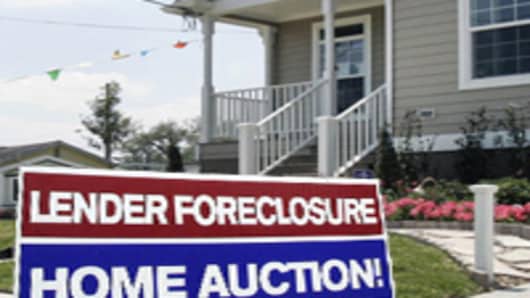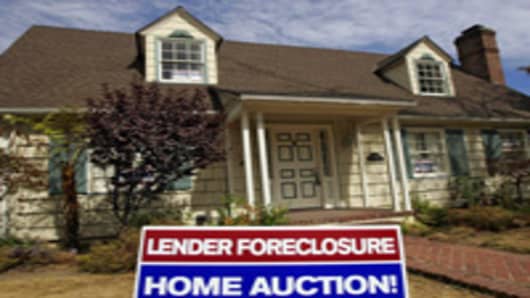That massive $168 billion plan signed into law in February, however, did not include conventional measures such as an extension of jobless benefits and highway construction funds, which generate jobs and income.
When Washington finally enacted legislation in late July, it extended jobless benefits 13 weeks for those who had exhausted the standard 26 weeks of benefits. The extension, which runs through March, is less than the last time, such benefits were extended when it spanned March 2002-December 2003.
The mechanics of the recent housing rescue package has also drawn mixed reviews, especially about its potential to spark sales, which would support prices. Measures for homebuyers include a small tax deduction and a tax credit of up $7500.
“I think that plan is likely to have very limited effect,” says housing specialist and professor Christopher J. Mayer, who is also Vice-Dean of the Columbia Business School “People need the cash at closing, not when they file tax returns.
Interest Rate Drag
In a recent study, Mayer is also argues that unusually high interest rates have been hurting prices, as well as sales
That’s another key to the labor-real estate market dynamic and a potential break with the past.
Lawrence Wun, chief economist at the National Association of Realtors, says as jobs disappeared during the 2001 recession, home sales rose just the same because mortgage rates were falling.
“Rates have a bigger impact,” says Wun. “In this case, we already have low rates,” says Wun. ”It is likely rates won't fall as we are losing jobs. It will probably have a negative impact.”
Rates may be historically low – averaging about 6 1/2 percent for a 30-year fixed loan – but the spread is unusually high.
The spread – or difference between the rate on a 30-year mortgage and the yield (or interest rate) on the ten-year Treasury note -- was about one and a half percent, or 150 basis points for most of the decade-long housing boom. In recent months – despite the Federal Reserve’s aggressive cutting ---it’s been two and a half percentage points or more.
It’s one of the reasons why the NAR’s affordability index isn’t higher and recently fell below its level of November 2007, before the Fed slashed rates and the credit crunch spiraled out of control.
The interest rate environment is even worse for jumbo mortgages, the premium for which is running one percentage point higher than the usual 20-30 basis-point markup.
“I think it’s going to be a while before we see mortgage rates spreads back to where they were.”
If so, that will depress sales and prices, as it discourages money-conscious, layoff weary consumers, who are also facing tougher borrowing standards. Meanwhile, homeowners who want to sell – or worse, need to sell (perhaps because of looming foreclosure) – are more likely to be stuck with their properties.






